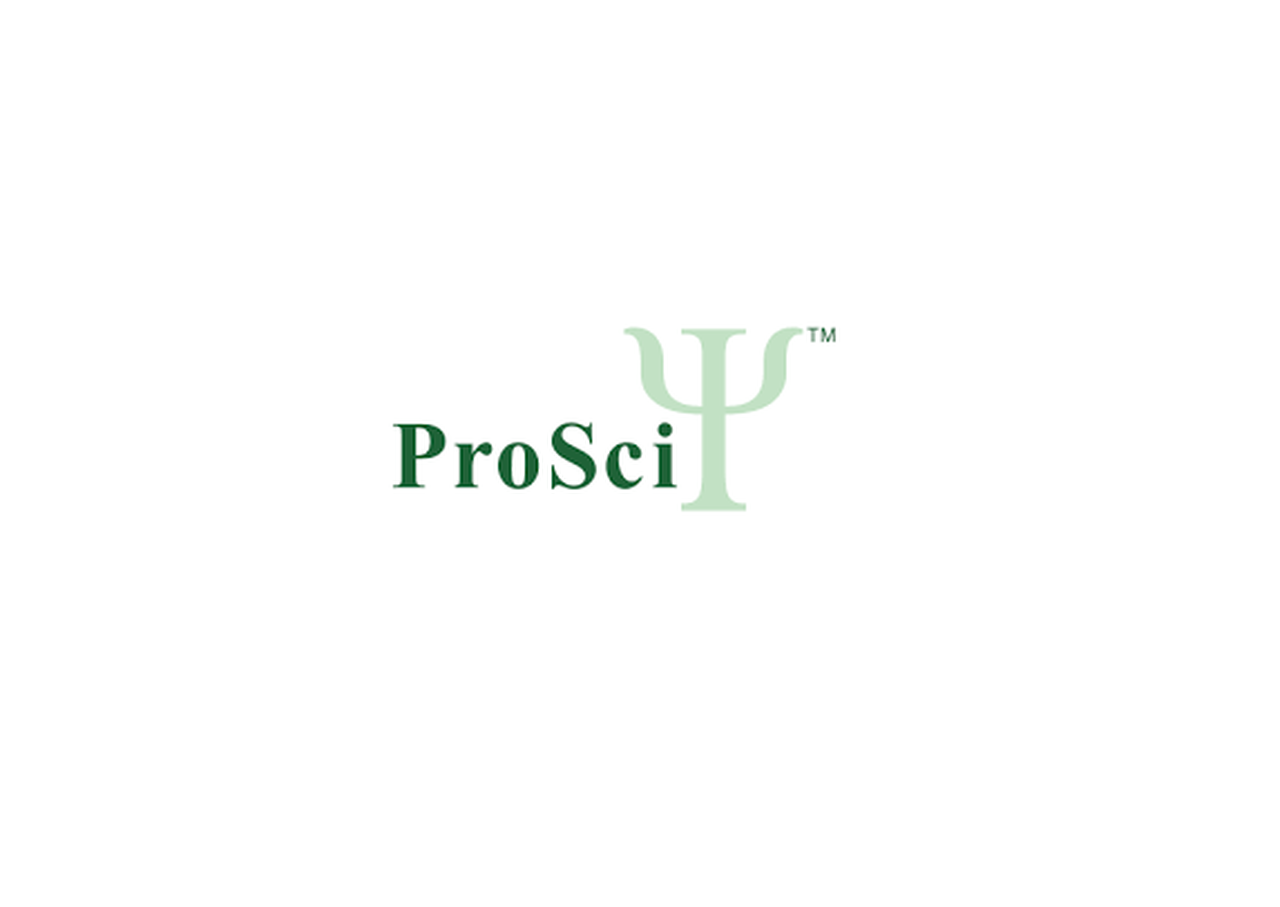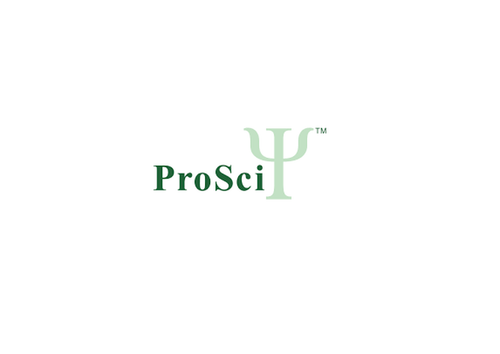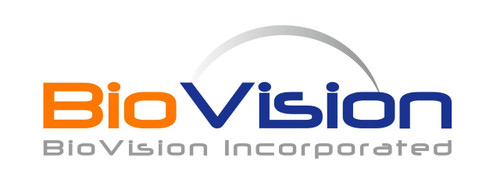Product Description
BRCA1 Antibody | 13-081 | ProSci
Host: Rabbit
Reactivity: Human, Mouse
Homology: N/A
Immunogen: A synthetic peptide corresponding to a sequence within amino acids 120-220 of human BRCA1 (NP_009225.1) .
Research Area: Cancer, Cell Cycle
Tested Application: WB, IHC, IF
Application: WB: 1:500 - 1:2000
IHC: 1:50 - 1:200
IF: 1:20 - 1:50
Specificiy: N/A
Positive Control 1: HeLa
Positive Control 2: MCF-7
Positive Control 3: HL-60
Positive Control 4: HepG2
Positive Control 5: N/A
Positive Control 6: N/A
Molecular Weight: Observed: 85kDa
Validation: N/A
Isoform: N/A
Purification: Affinity purification
Clonality: Polyclonal
Clone: N/A
Isotype: IgG
Conjugate: Unconjugated
Physical State: Liquid
Buffer: PBS with 0.02% sodium azide, 50% glycerol, pH7.3.
Concentration: N/A
Storage Condition: Store at -20˚C. Avoid freeze / thaw cycles.
Alternate Name: Breast cancer type 1 susceptibility protein, 632-, RING finger protein 53, BRCA1, RNF53
User Note: Optimal dilutions for each application to be determined by the researcher.
BACKGROUND: This gene encodes a nuclear phosphoprotein that plays a role in maintaining genomic stability, and it also acts as a tumor suppressor. The encoded protein combines with other tumor suppressors, DNA damage sensors, and signal transducers to form a large multi-subunit protein complex known as the BRCA1-associated genome surveillance complex (BASC) . This gene product associates with RNA polymerase II, and through the C-terminal domain, also interacts with histone deacetylase complexes. This protein thus plays a role in transcription, DNA repair of double-stranded breaks, and recombination. Mutations in this gene are responsible for approximately 40% of inherited breast cancers and more than 80% of inherited breast and ovarian cancers. Alternative splicing plays a role in modulating the subcellular localization and physiological function of this gene. Many alternatively spliced transcript variants, some of which are disease-associated mutations, have been described for this gene, but the full-length natures of only some of these variants has been described. A related pseudogene, which is also located on chromosome 17, has been identified.
 Euro
Euro
 USD
USD
 British Pound
British Pound
 NULL
NULL









![BRCA1 Antibody [BRCA1/1472] BRCA1 Antibody [BRCA1/1472]](https://cdn11.bigcommerce.com/s-452hpg8iuh/images/stencil/500x659/products/575439/812157/porsci_lo__79508.1648973713__29002.1649091926.png?c=2)
![BRCA1 Antibody [BRCA1/1398] BRCA1 Antibody [BRCA1/1398]](https://cdn11.bigcommerce.com/s-452hpg8iuh/images/stencil/500x659/products/575440/812158/porsci_lo__79508.1648973713__91764.1649091926.png?c=2)

